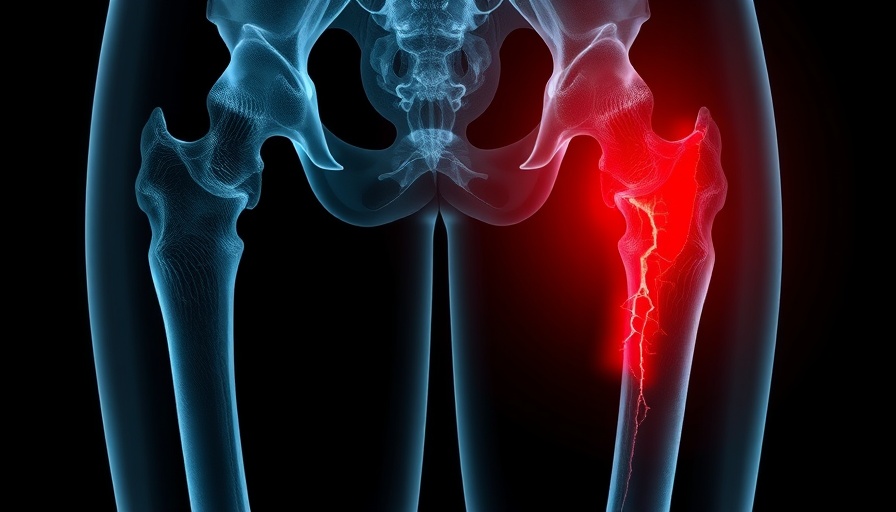
The Double Blow of Hip Fractures: Understanding the Risks
When it comes to hip fractures, many may not realize the profound implications that follow. A recent study presented at the American Academy of Orthopaedic Surgeons Annual Meeting revealed that patients who sustain a second hip fracture within five years face not only a longer recovery but also significant risks of complications and mortality. Specifically, findings indicated that those with a second contralateral hip fracture encounter twice the risk of inpatient complications and increased mortality.
Why Are Second Hip Fractures More Dangerous?
According to Dr. Sanjit R. Konda from NYU Hospital For Joint Diseases, the risks associated with a second hip fracture aren’t merely coincidental. Patients tend to arrive at the hospital in poorer health, having developed more comorbidities that complicate their recovery. The average time to the second fracture is approximately 550 days—just under two years since the first injury. This leads to a higher incidence of complications, as patients have often experienced a decline in their overall functional status.
Statistical Insights into Hip Fracture Complications
The study reviewed data from 3,000 patients, all above the age of 65 who underwent surgical treatment for hip fractures between November 2014 and May 2023. Out of these, 78 patients experienced a second hip fracture within five years of their first, illuminating a concerning statistic: the average postoperative recovery from the second fracture involved major complications that were double the rate compared to patients sustaining only one hip fracture.
The Importance of Preventive Care
For concierge medical practice owners, these statistics serve as an urgent reminder of the critical role that preventive care plays in the patient journey. Implementation of strategies aimed at preventing falls through home assessments, physical health evaluations, and enhanced patient education focus on mobility could significantly lower the incidence of second hip fractures. With a cumulative incidence estimate of a second hip fracture reaching 8.4%, the healthcare community must act responsively.
Enhancing Patient Outcomes Through Comprehensive Care
Data highlights that maintaining patient independence and functional mobility after the first fracture is crucial. For example, studies reported that only 40-60% of patients return to their pre-fracture mobility levels following a hip fracture. Implementing proactive measures to assist patients in recovery, such as personalized rehabilitation programs and fall prevention strategies, can lead to better long-term outcomes.
Shaping the Future of Elderly Care
Looking ahead, the focus on comprehensive care models for the elderly population is essential. Concierge practices can leverage the knowledge gained from these studies to position themselves as leaders in patient-centered care. By addressing the interconnectedness of risk factors leading to fractures and developing multi-faceted recovery programs, practitioners not only enrich their client interactions but also enhance patient outcomes significantly.
In conclusion, the understanding of hip fractures, particularly the implications of a second release, is of utmost importance. By recognizing the increased risk and taking actionable steps toward preventative care, medical practices can position themselves as frontrunners in delivering high-value healthcare services. Reach out to your patients, educate them, and enhance their healthcare experiences—this can make all the difference.
 Add Row
Add Row  Add
Add 






Write A Comment